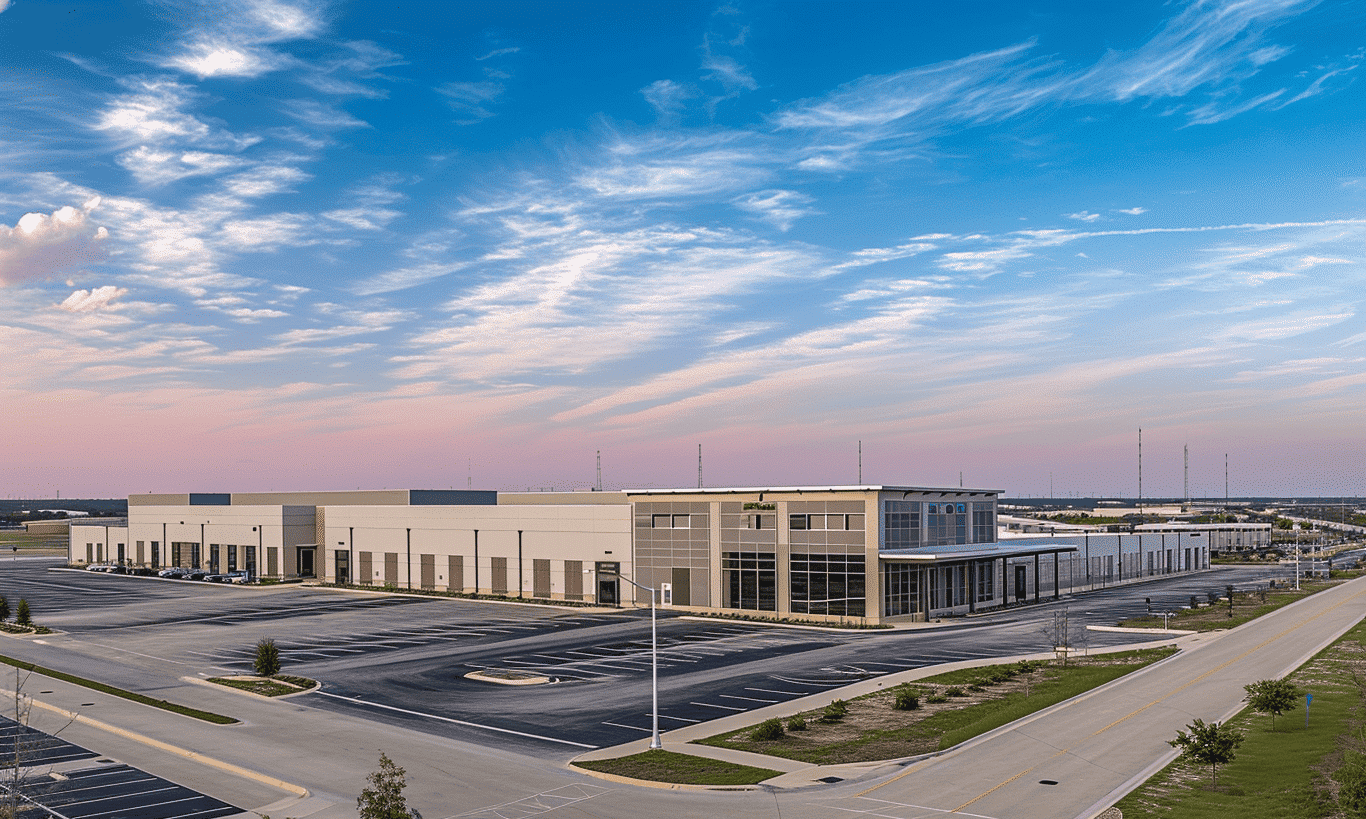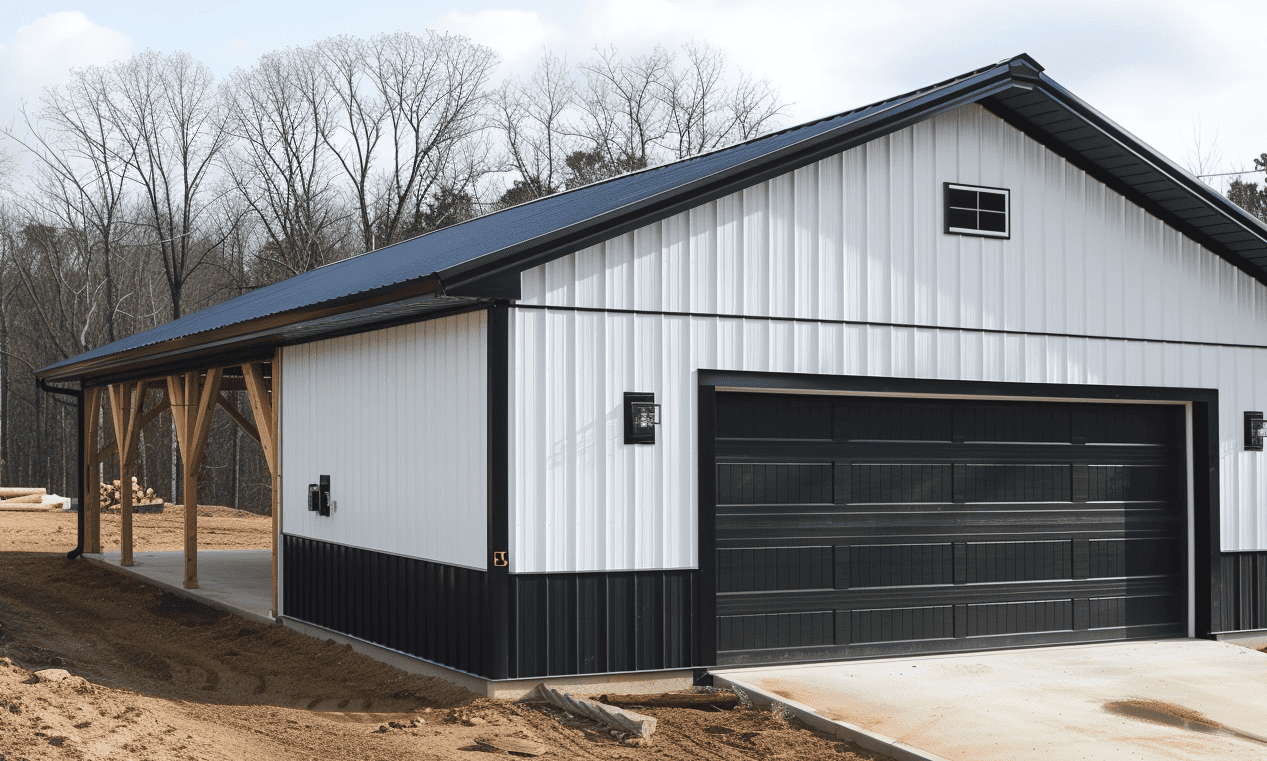Zoning Laws and Land Use Regulations: A Comprehensive Guide
Do you ever wonder why a bustling downtown street boasts towering skyscrapers, while just a block away, cozy bungalows line the sleepy roads? This stark difference lies in the enigmatic world of zoning laws and land use regulations. These invisible rules shape the landscapes we interact with every day, affecting everything from the type of buildings erected to the very activities conducted within them.
Zoning laws and land use regulations are without a doubt, crucial, yet often overlooked elements of urban planning. For those considering erecting a new metal building or developing commercial property, understanding these laws is akin to grasping the rules before embarking on a game—essential for strategic planning and success.
Understanding Zoning Laws and Their Impact
Zoning laws serve as the blueprint for real estate development and land use. They are the silent guardians that dictate how land can be utilized, divided, and even the specific height and size of structures. Imagine them as an invisible force field surrounding each city block, guiding development and ensuring order amidst chaos.
For instance, if you’re planning to construct a new edifice, navigating through the maze of local building regulations becomes imperative. These regulations can range from restricting certain activities in residential areas to ensuring commercial developments adhere strictly to designated zones.
According to the Government of Canada – Zoning Laws and Land Use Regulations, zoning regulations vary across different provinces, with municipalities often having the autonomy to fine-tune these laws to suit their unique urban landscapes. This means the zoning laws in Toronto’s core could significantly differ from those in Vancouver’s suburban areas.
Deciphering Land Use Regulations
Just as zoning laws define what type of buildings can coexist in an area, land use regulations determine the specific activities or purposes those buildings can be employed for. Envision land use as the function of a particular area—a harmonious orchestration of homes, businesses, parks, factories, and schools all meticulously arranged to create a functional society.
To illustrate, land use regulations might permit the development of sprawling industrial complexes in one zone while ensuring residential tranquility in another. The synergy between zoning and land use regulations fosters communities tailored to balance vibrant economic growth with serene residential life.
Embarking on any form of development necessitates obtaining proper permits. This often involves conforming to numerous permits and local building codes. Considering a transition from a residential to commercial space? Understanding these codes can be the determining factor in transforming grand designs into a reality.
The Realities of Commercial Property Zoning
Commercial property zoning is akin to drawing lines on a blank canvas—carefully demarcating where businesses can breathe life into a community. Commercial property zoning becomes pivotal for entrepreneurs seeking a niche spot to establish their enterprises.
Whether you’re envisioning constructing sleek metal buildings to bolster a new tech startup or creating extensive retail spaces, understanding the nuances of commercial zoning laws will prove invaluable. The regulations could influence elements such as signage restrictions, parking requirements, and even the sustainability measures required for new builds.

Navigating the Zoning Law Maze
The intricacies of zoning laws and land use regulations might seem daunting, yet armed with the right knowledge, the process can be less of a labyrinth and more like a well-trodden path. Before breaking ground, meticulous research and expert consultation can be key. Local authorities often provide zoning maps and detailed guides to aid those who seek clarity.
Developers are encouraged to consult professional advisors who specialize in urban planning and land use. With their insight, entrepreneurs can avoid costly delays and prepare more robust, regulation-compliant plans. As the landscape continuously evolves, staying updated on any amendments to local zoning laws is vital for long-term success.
Before commencing any development work, consider engaging in community discussions and forums. Often, engaging with locals who have firsthand experience navigating these regulations can provide priceless insight and assistance.
The Future of Zoning and Land Use Regulations
As cities continue their inexorable march toward modernization, zoning laws must evolve. Rising challenges related to sustainability, population density, and technological advancements demand flexible yet robust frameworks. As these regulations undergo transformation, developers and entrepreneurs will need to stay vigilant and adaptable to align with emerging legal landscapes.
Moreover, smart city initiatives and the integration of technology into urban planning may pave the way for more efficient zoning practices that balance an ever-growing demand for land with sustainable living.

Conclusion: The Importance of Understanding Zoning and Land Use
Zoning laws and land use regulations serve as the backbone of orderly urban development. They create a structured environment where businesses can thrive alongside peaceful residential zones. Whether you’re eyeing a commercial development or simply curious about your neighborhood’s building dynamics, understanding these laws should be at the top of your to-do list.
Ultimately, they are more than mere rules—they are blueprints of civic harmony, guiding growth and ensuring our communities thrive sustainably and efficiently. As the landscape of urban development continues to shift, staying informed and proactive will ensure you aren’t left in the shadow of misunderstanding but standing tall as part of a well-planned community.











